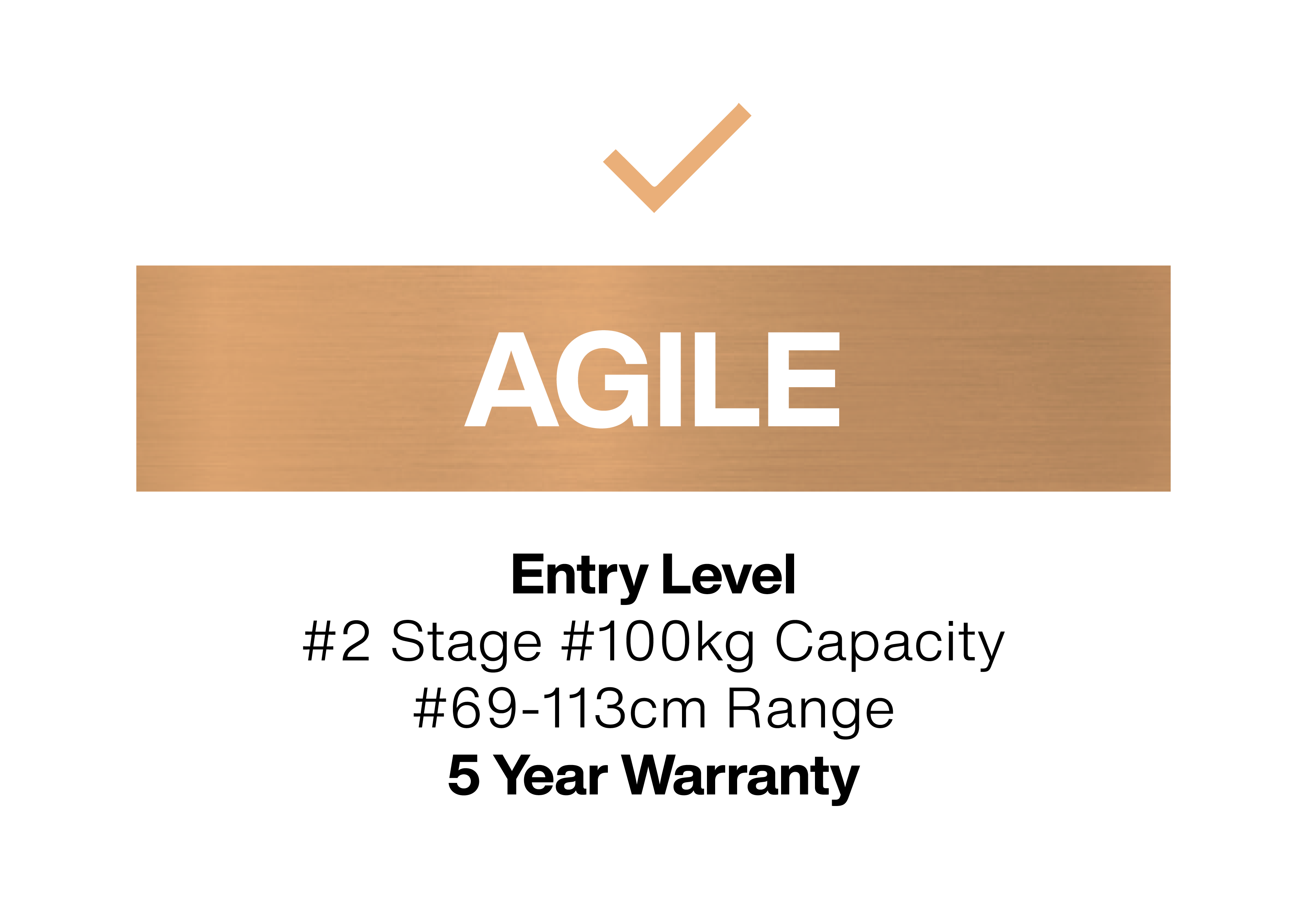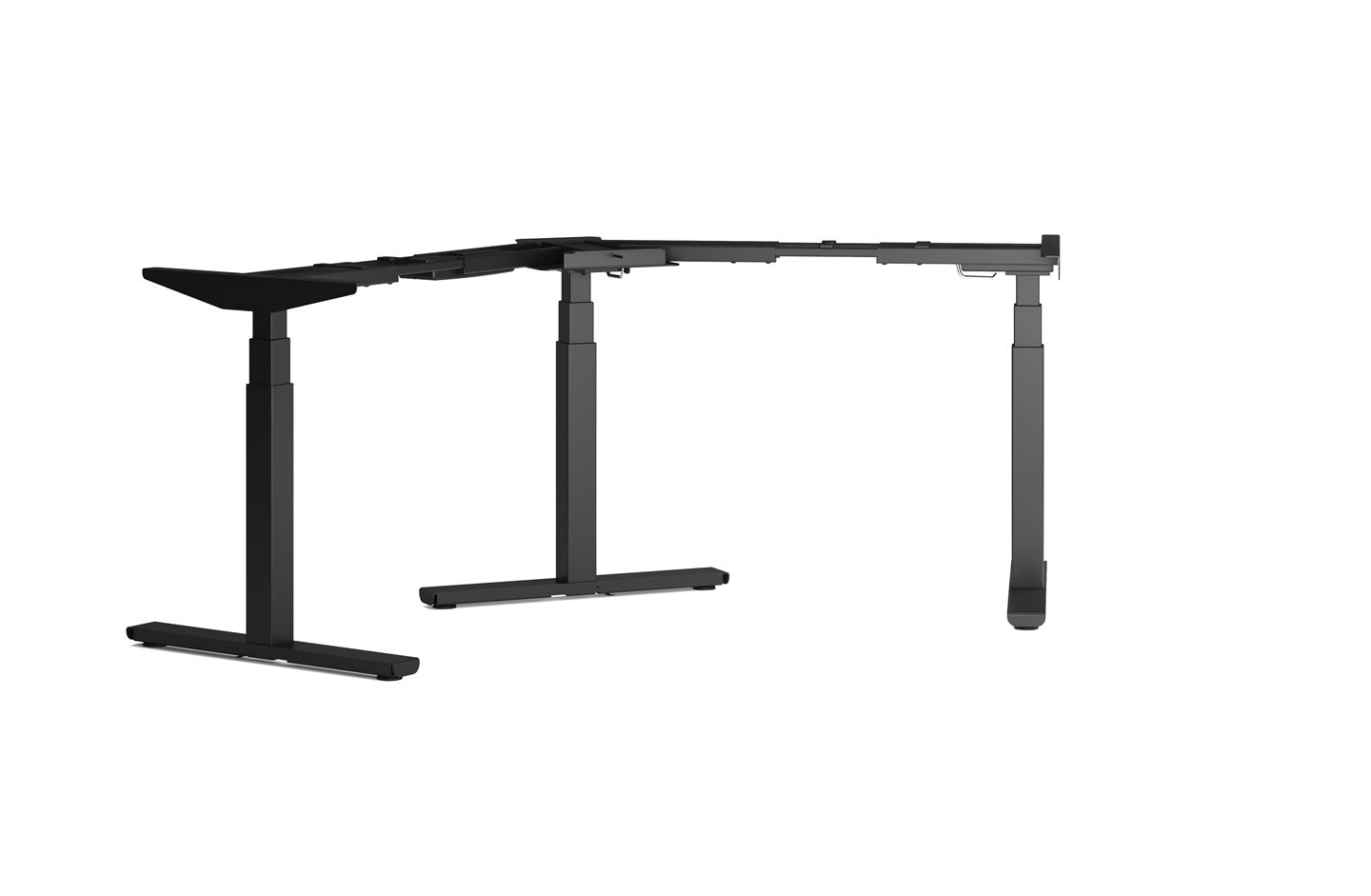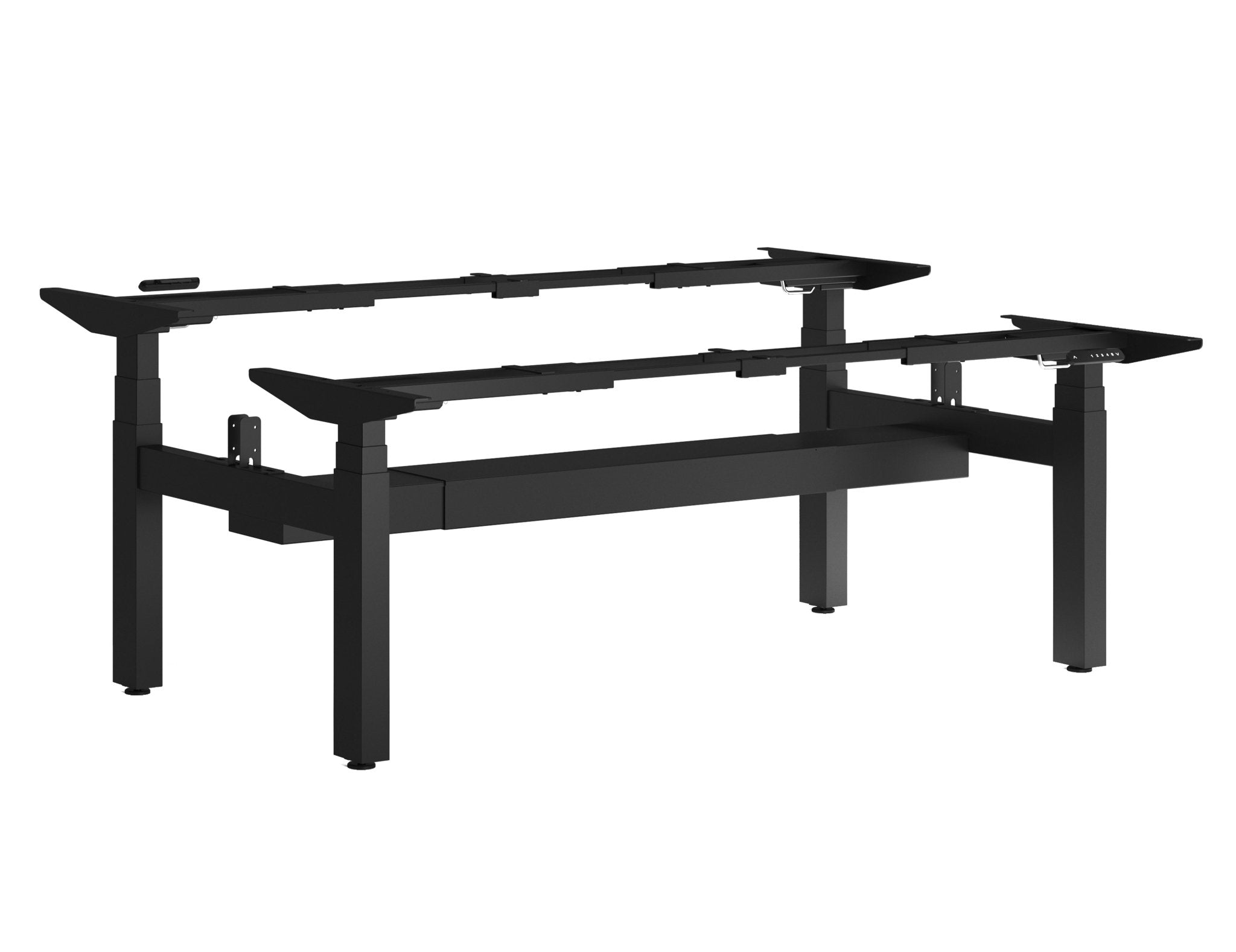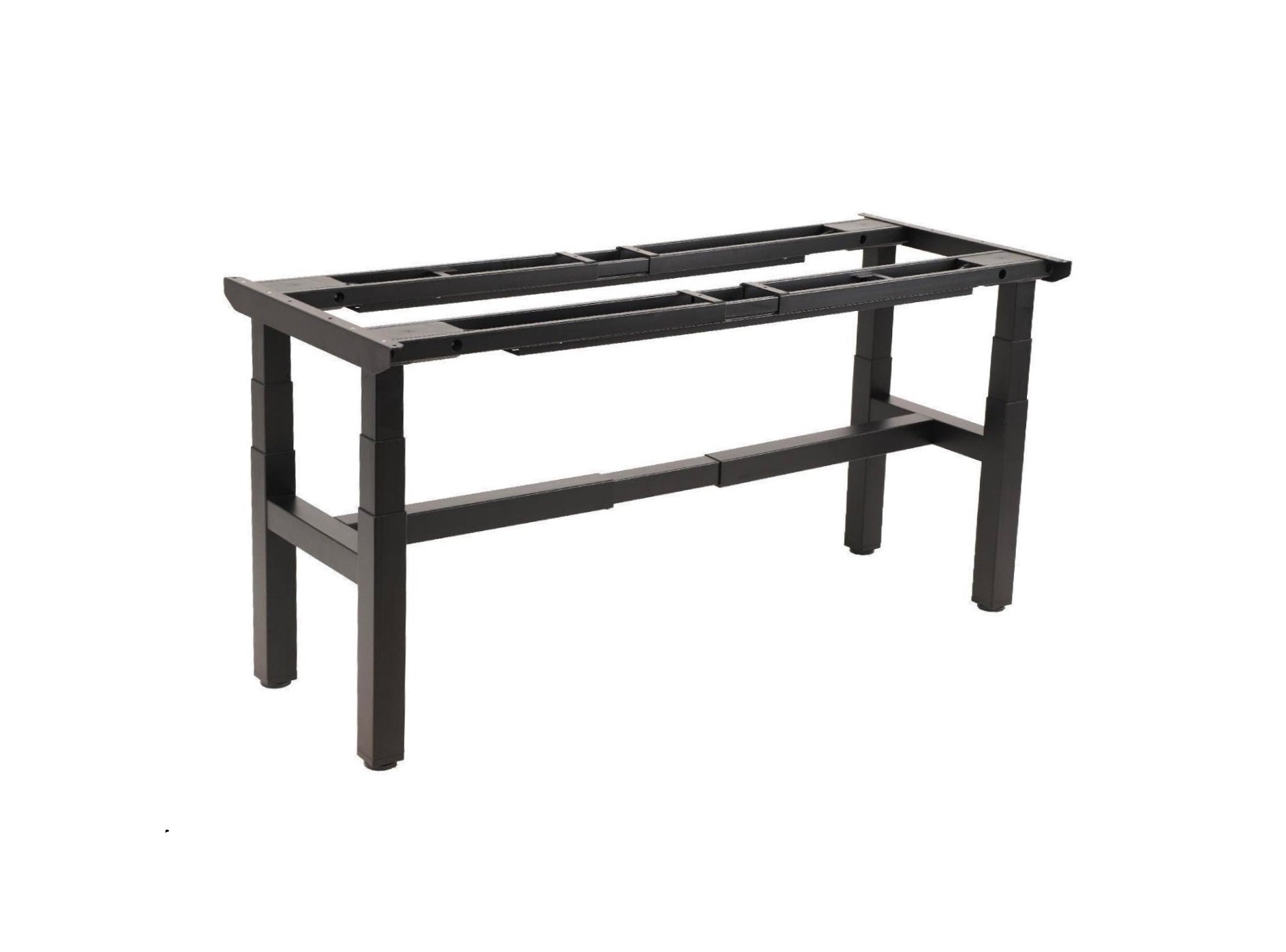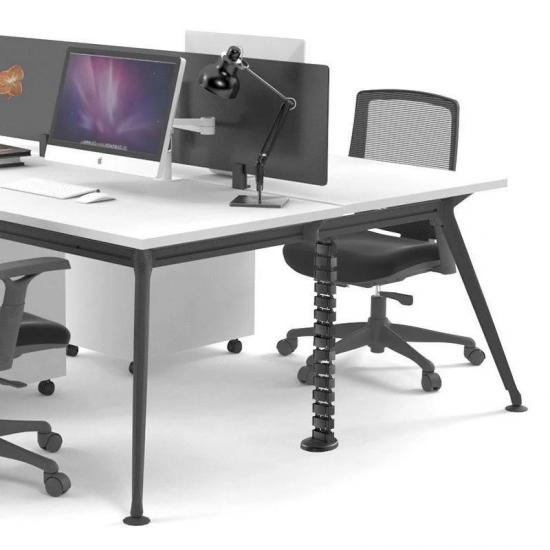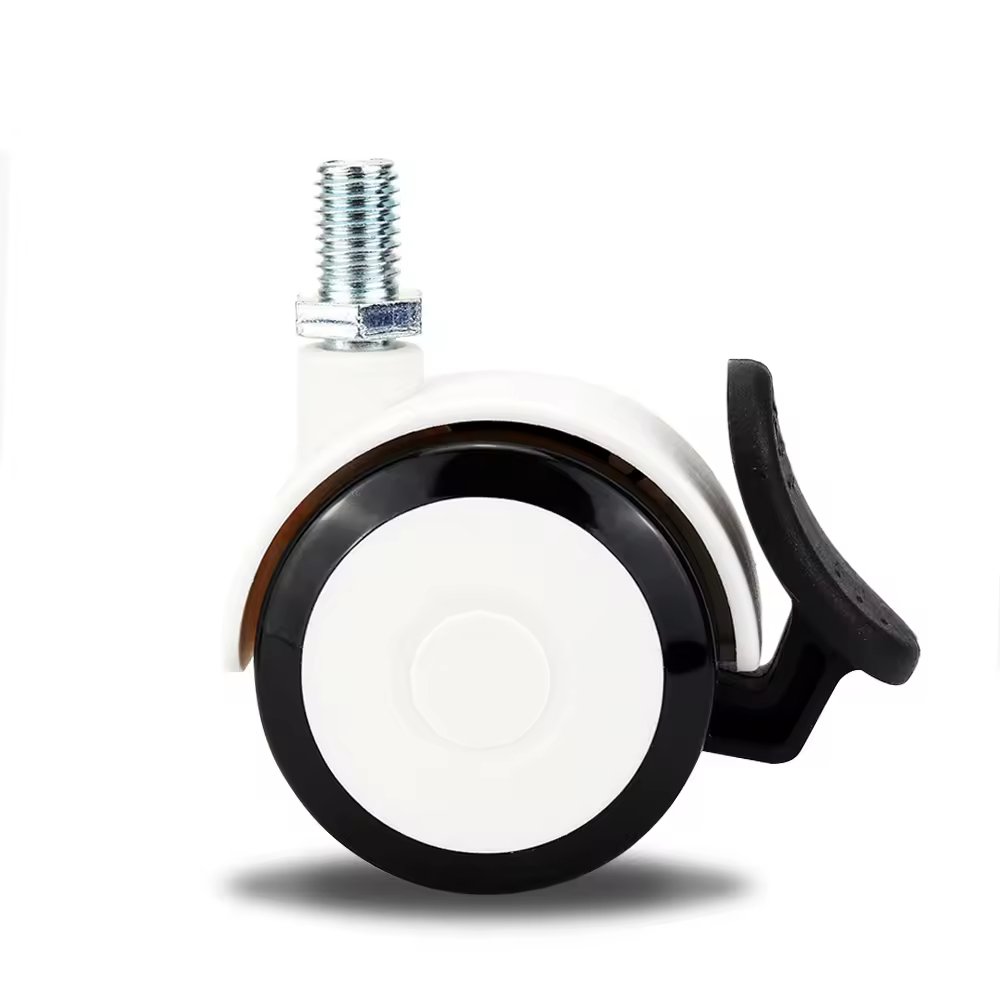
Insights of a Physical Therapist on Adjustable Desks
In today's fast-paced world, where sedentary work has become the norm, the concept of an adjustable standing desk has gained significant attention. These innovative workstations offer the flexibility to switch between sitting and standing positions, aiming to improve posture, alleviate discomfort, and promote overall well-being. To shed light on this trend, we studied the interview and works of a seasoned physical therapist to provide valuable insights into the benefits and considerations of adjustable standing desks.
Promoting Postural Health:
According to Jessica Adams, a licensed physical therapist with over a decade of experience, adjustable standing desks can play a pivotal role in maintaining healthy posture. Adams explains, "Many individuals experience postural issues due to prolonged sitting. An adjustable standing desk encourages changes in position, reducing the strain on muscles and joints that can lead to poor posture."
When seated for extended periods, the neck, back, and hip muscles can become tense and exhausted, resulting in slouching or rounded shoulders. Adams emphasises that transitioning between sitting and standing throughout the day engages various muscle groups, helping to maintain a more neutral spinal alignment.
Mitigating Musculoskeletal Discomfort:
One of the primary advantages of adjustable standing desks is their potential to alleviate musculoskeletal discomfort. Adams notes, "Individuals with desk jobs often complain of back pain, neck tension, and headaches. Adjustable standing desks can provide relief by reducing the strain on these areas."
When using an adjustable standing desk, users have the freedom to find the ideal height that aligns with their body's natural curves. This personalisation minimises the risk of tension and discomfort, allowing for a more ergonomic workspace that supports the body's biomechanics.
Enhancing Circulation and Energy:
Standing desks are known for their positive impact on blood circulation. Adams explains, "When you stand, your muscles are actively engaged, promoting better blood flow. This improved blood circulation can help reduce the risk of swelling and blood pooling, often associated with prolonged sitting."
Furthermore, standing encourages micro-movements, such as shifting weight from one leg to another or pacing slightly, which can help combat the lethargy that often accompanies extended periods of sitting. This enhanced energy flow can translate into increased alertness, productivity, and well-being.
Considerations for Proper Use:
While the benefits of adjustable standing desks are evident, Adams cautions that proper usage is crucial in reaping the rewards. She provides the following considerations for individuals looking to integrate these desks into their routines:
- Gradual Transition: Adams recommends gradually increasing the time spent standing over several weeks. Sudden and prolonged shifts from sitting to standing can lead to additional strain and discomfort.
- Proper Alignment: "Maintaining the correct posture is essential," Adams advises. She recommends positioning the screen at eye level and ensuring that wrists are neutral while typing. An anti-fatigue mat can also be beneficial in providing cushioning and support.
- Footwear Matters: The shoes you wear while standing play a role in your comfort. Supportive and cushioned footwear can help distribute weight evenly and reduce strain on your feet and lower limbs.
- Movement Breaks: "Even when using a standing desk, movement breaks are crucial," Adams emphasises. Regularly shifting weight, stretching, and taking short walks can prevent stiffness and enhance the benefits of standing.
- Listen to Your Body: Adams stresses the importance of listening. If you experience discomfort, adjust your posture, take breaks, or alternate between sitting and standing as needed.
Furthermore, the insights from Jessica Adams shed light on the advantages and considerations of the Lazy Maisons adjustable standing desks. These versatile workstations have the potential to improve posture, alleviate musculoskeletal discomfort, enhance circulation, and boost energy levels. However, like any ergonomic solution, their effectiveness relies on proper usage and individual adaptation. By incorporating these sit-stand desks into a thoughtful and balanced routine, individuals can create a workspace that supports their professional endeavours and contributes to their overall health and well-being.

